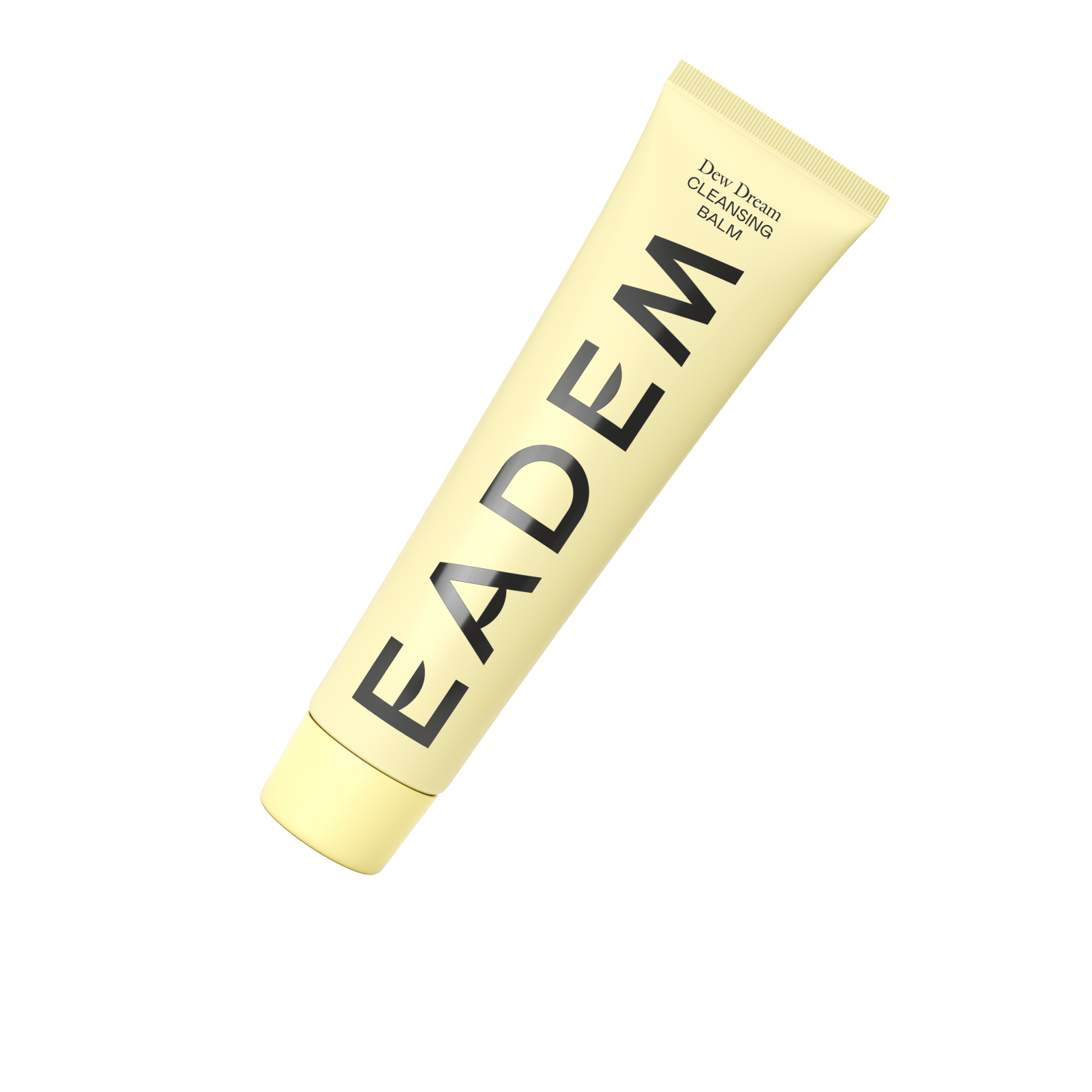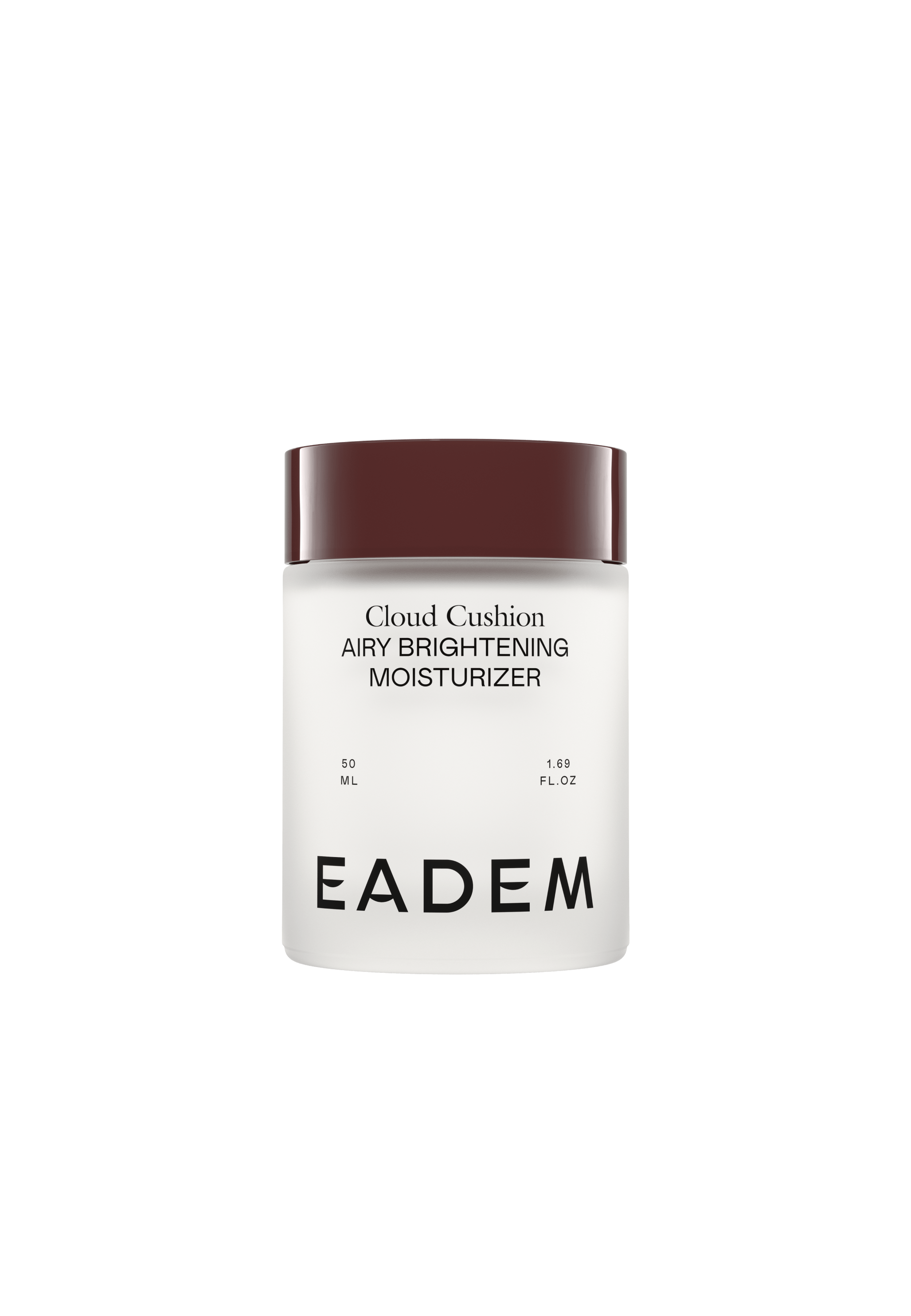Bottled as gummies, ground into powders, or sold as miracle pills, today collagen is touted as an easy-to-swallow skin miracle. Only Chinese women have been eating this protein-rich substance straight from the source, in the form of gelatinous sea cucumbers or stringy bird’s nest soup, for centuries.
While the Western wellness industry now embraces the wonders of collagen-rich bone broth, growing up with a Chinese mom every broth was bone broth. Since childhood, I’ve been eating collagen from all kinds of “weird” and wonderful foods that horrified my white suburban friends.
“You’re eating pig’s feet?” a girl once asked me, gaping at my after school snack of glistening mahogany jelly piled on a mound of rice. Although I often longed for Lunchables like many immigrant children (my family hails from Taiwan), I sucked on oxtails with gusto, always nibbling the meat off the bone.
“The Chinese believe that you are what you eat,” says Cindy Wong-Chen, co-founder of China Live restaurant in San Francisco. Her fine dining establishment, Eight Tables, serves a slow-cooked ginseng tonic with a variety of collagen-rich ingredients, like fish maw and snow fungus. Her father always told her that collagen “is good for bones, health, and beauty” — and science agrees.
“Collagen is the main structural protein that cushions your skin and bones and keeps your skin plump and smooth, like the stuffing in a mattress,” says board certified dermatologist, Dr. Jessie Cheung of Cheung Aesthetics and Wellness in Chicago. It composes 80 percent of our skin, and, along with another protein called elastin, keeps our skin elastic.

Starting in our 20s, we lose about 1 percent of our collagen each year. This loss increases dramatically with menopause — ergo our obsession with treatments that stimulate collagen synthesis.
Although the effects of collagen supplements are controversial — in part because it’s hard for the body to efficiently absorb collagen and gelatin (which is partially hydrolyzed collagen) — Dr. Cheung acknowledges that collagen supplements can provide “improvements in skin moisture and elasticity, as well as wound healing.”
Within Traditional Chinese Medicine (TCM), “Whole foods would be definitely regarded as superior over supplements since they are fully natural and considered more pure,” says Acupuncturist and TCM practitioner Claudia Chen. While Chen often recommends supplements to her clients because of convenience, the Chinese often say, “If you want to benefit an organ, you want to consume it straight from the source.”
In recent years, it’s been easier to find these once “exotic,” international foods in the United States. During Chinese Lunar New Year, Costco in Naperville, Illinois, was selling bird’s nest — the most well-known and expensive delicacy — in convenient baby jar size servings, already lightly sweetened with rock sugar. Amazon even sells fish maw, which is the bloated air bladders that keep fish afloat, online.
The most difficult and exotic ingredient to find stateside is hasma, the fallopian tubes of snow frog. “Consuming this gelatinous tissue is supposed to be great for your skin and complexion,” Wong-Chen says, admitting that it’s not her favorite. “It’s hard to clean and if it’s of low quality can taste kind of funky.”

Less expensive sources of collagen like beef tendon, pig ears, and pig trotter are all readily available in Hispanic and Asian grocery stores. (For those who are game to try them at home, pig ears can be boiled and dressed in a chilled salad while beef tendon can be slow cooked until tender.) For those concerned about the quality of the meat, Belcampo has pasture-raised pork trotters. For the vegans among us, snow fungus and peach gum (a translucent, gem-like resin from peaches) are considered good sources of plant-based collagen as well.
All of these foods, from the priciest bird’s nest to the most inexpensive pig’s tails, share a voluptuous, silky mouthfeel. They’re delicious and bring back memories of my childhood, when I would eat my mother’s home cooked bird’s nest and snow fungus soup sprinkled with goji berries or grandparent’s comforting sea cucumber stew. And when it comes to beauty, eating well is more cost-effective than buying expensive face creams and supplements; plus, the rich, juicy flavor of red-braised pork trotters is so much more satisfying than an artificially flavored gummy bear.
Collagen-rich Chinese delicacies can be soft, slimy, almost like jelly. These textures may be a turn-off for some, but these qualities are precisely what make them great food for our skin. As anti-Asian sentiment and racism run rampant in the United States, the stigma surrounding these foods persist. It’s only with the right — very often white — advocate that these dishes become au courant. Just look at chef Michael Schwartz, who put crispy pig ears sprinkled with chili powder and served with a fresh lime wedge on his restaurant menu in Miami. It’s now a bestseller.
While it’s a sad but true fact that even the most discerning foodies are more likely to celebrate a white chef co-opting Asian cuisine than an Asian chef preparing their traditional foods, the same goes for beauty routines or rituals suddenly embraced by white gatekeepers. While Westerners still might sneer at these “nasty bits” of meat, the next time that they stereotypically comment that “Asian women never get wrinkles,” perhaps they should consider that there’s more to it than good genes. After all, beauty comes in many forms, starting with the tiniest pig’s feet.


